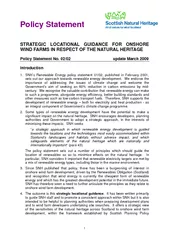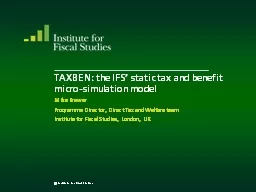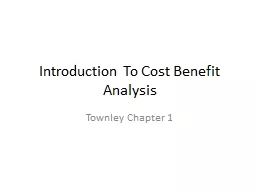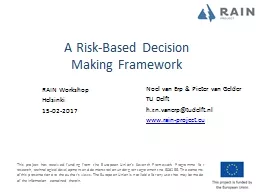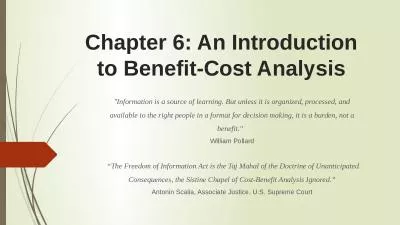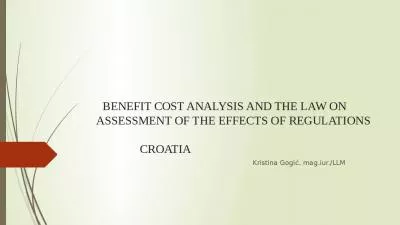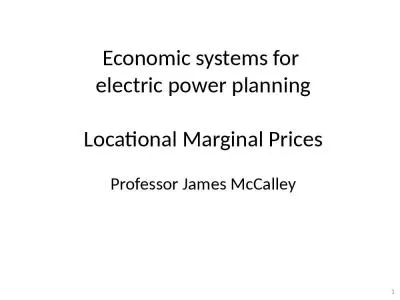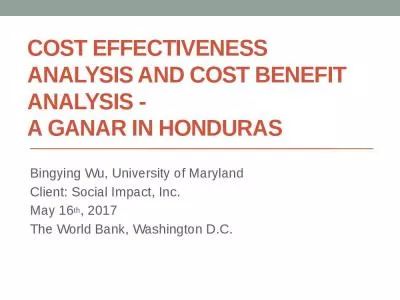PPT-Locational Net Benefit Analysis
Author : yoshiko-marsland | Published Date : 2017-05-14
Working Group October 19 2016 Webinar drpwgorg Agenda Time Topic 900915 Introductions 915930 B Schedule of Reports 930945 C Update on deferability criteria Grid
Presentation Embed Code
Download Presentation
Download Presentation The PPT/PDF document "Locational Net Benefit Analysis" is the property of its rightful owner. Permission is granted to download and print the materials on this website for personal, non-commercial use only, and to display it on your personal computer provided you do not modify the materials and that you retain all copyright notices contained in the materials. By downloading content from our website, you accept the terms of this agreement.
Locational Net Benefit Analysis: Transcript
Download Rules Of Document
"Locational Net Benefit Analysis"The content belongs to its owner. You may download and print it for personal use, without modification, and keep all copyright notices. By downloading, you agree to these terms.
Related Documents


